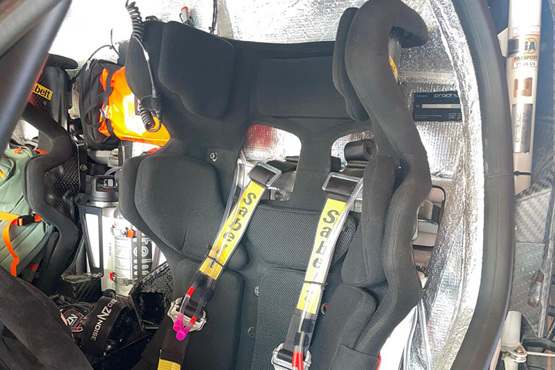Seat attenuation research tackles spinal injuries

The FIA Foundation has co-funded a research project aiming to prevent sport competitors from suffering spinal injuries. These are sometimes observed in categories such as cross-country competition, and usually follow a heavy vehicle landing.
Concerned with preventing avoidable injuries, the FIA has been gathering and analysing data from this and other incidents where competitors have been injured. The aim was to find a way to mitigate the consequences of heavy landings that caused compressive loads transferred to the spine. As part of its motor sport safety technical research programme, the FIA undertook a project with a number of key stakeholders to develop a seat attenuation system.
Using the analysis, a representative severe crash pulse was selected, which combined data from several incidents involving a heavy landing, recorded in the FIA’s World Accident Database, or ‘WADB’. This resulted in a 40g peak crash pulse orientated along a direction which gives an angle of 58 degrees with respect to the horizontal axis.
This crash pulse was then applied to a simplified multibody model of the driver installation to identify the best force-displacement characteristic, in order to assign this to a reversible damping mechanism connected to the seat. This allowed an oleo-pneumatic damper matching the optimal characteristic to be designed, manufactured and tested to confirm a benefit in terms of decrease in lumbar spine compression by approximately 50%.
The research team was able to connect to the roll cage via a linkage driven by a damper reflecting the prescribed characteristic. This system was tested and put into service for the first time in Morocco in 2024.



